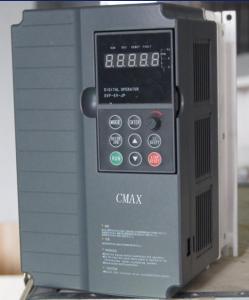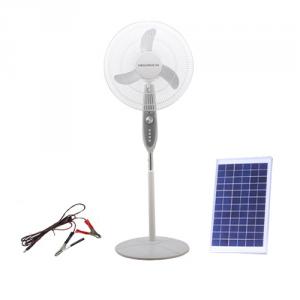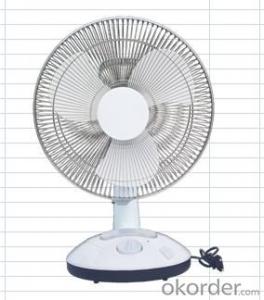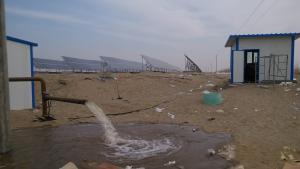Felicity Solar Inverter Manual
Felicity Solar Inverter Manual Related Searches
Felicity Solar Inverter Solar Inverter User Manual Tesla Solar Inverter Manual Fronius Solar Inverter Manual Solar Inverter Service Manual Solar Pump Inverter Manual Solis Solar Inverter Manual Ever Solar Inverter Manual Delta Solar Inverter Manual Solar Edge Inverter Manual Tmeic Solar Inverter Manual Aurora Solar Inverter Manual Generac Solar Inverter Manual Abb Solar Inverter Manual One Solar Inverter Manual Growatt Solar Inverter Manual Felicity Solar Inverter Price T Solar Inverter User Manual Mppt Solar Inverter Manual Abb Uno Solar Inverter Manual Felicity Solar Inverter 5kva Sma Solar Inverter Manual Mpp Solar Inverter Manual Wind Solar Hybrid Controller Manual Solar Inverter Tutorial Solar Inverter Buying Guide Solar Inverter Configuration Solar Inverter Installation Solar Inverter Details Install Solar InverterFelicity Solar Inverter Manual Supplier & Manufacturer from China
Felicity Solar Inverter Manual is a comprehensive guide that covers a range of products designed to optimize the performance of solar power systems. These products include inverters, charge controllers, and other essential components that are crucial for the efficient operation of solar energy systems. The manual provides detailed instructions, troubleshooting tips, and maintenance guidelines to ensure that users can maximize the benefits of their solar installations.The Felicity Solar Inverter Manual is particularly useful for homeowners, businesses, and professionals who rely on solar power as a primary or supplementary energy source. This product is applicable in various scenarios, such as residential rooftop installations, commercial solar farms, and off-grid applications. By following the guidelines provided in the manual, users can ensure that their solar inverters and other components are functioning at their best, thereby maximizing energy output and reducing the risk of system failures.
Okorder.com is a reputable wholesale supplier that offers a vast inventory of Felicity Solar Inverter Manual products. As a leading distributor in the solar industry, Okorder.com is committed to providing high-quality products at competitive prices. Their extensive inventory ensures that customers have access to the necessary manuals and components for a wide array of solar power systems. By partnering with Okorder.com, customers can benefit from their expertise and large selection of Felicity Solar Inverter Manual products, ensuring that their solar installations are well-supported and maintained.
Hot Products













































